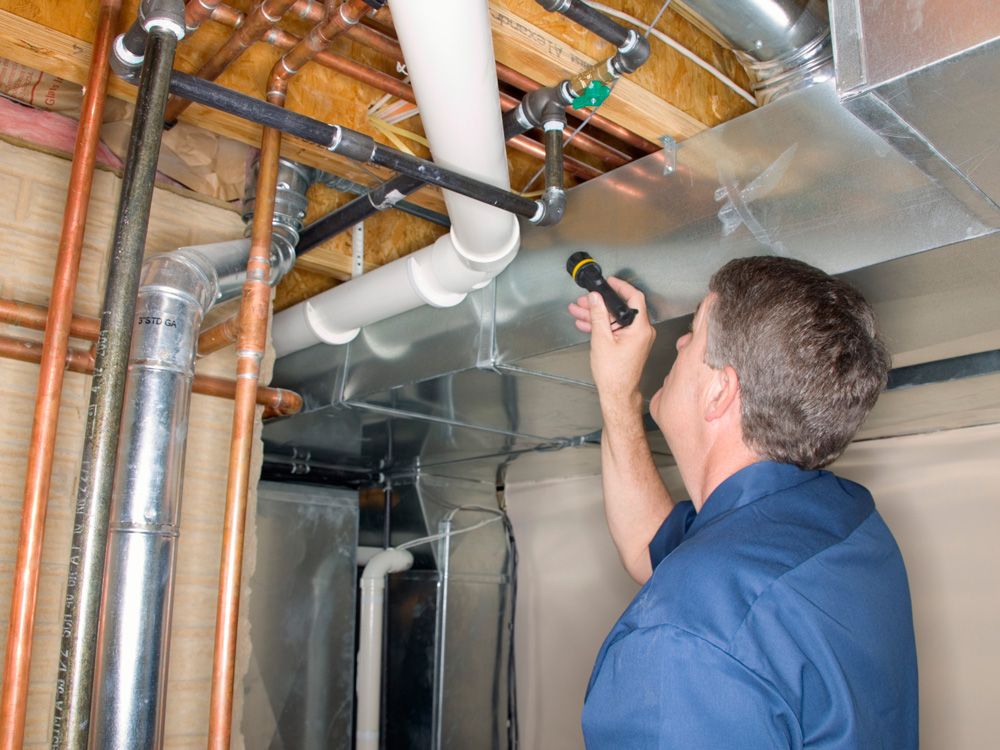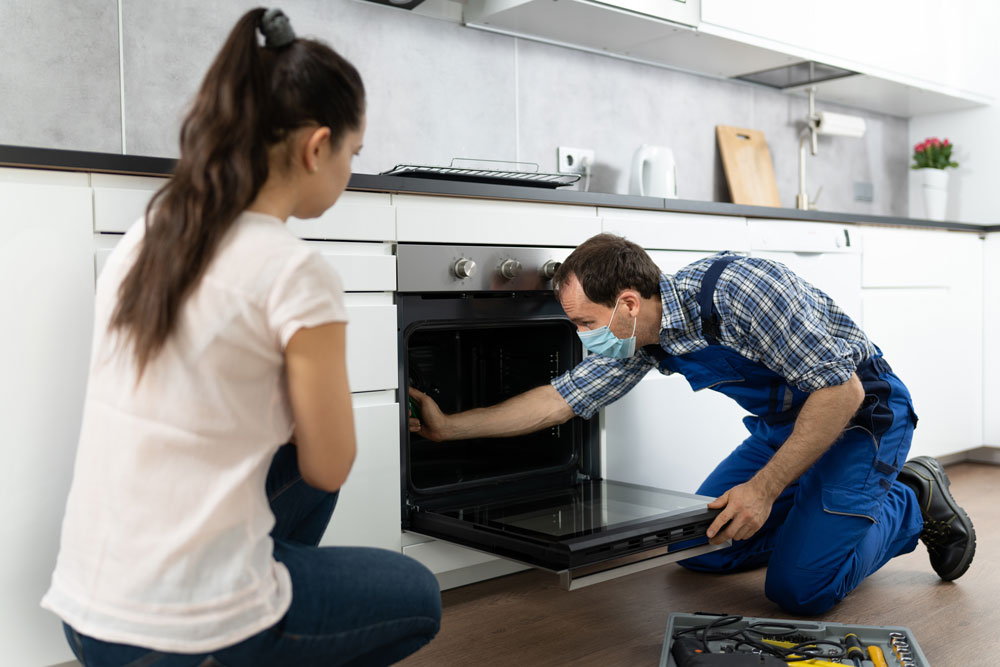Landlord's Guide to Managing Plumbing Issues in Rental Units
Landlord's Guide to Managing Plumbing Issues in Rental Units
Blog Article
Listed here in the next paragraphs you'll find a lot of first-rate points regarding Plumbing Maintenance and Repair in your Rental Property.

Managing pipes issues in rental homes successfully is important for keeping renter satisfaction and protecting the property's value. Whether you're a proprietor or a home supervisor, recognizing how to attend to these usual problems can save you time and money while making certain compliance with legal obligations. Below's a detailed guide on how to deal with pipes issues in rental homes.
Paper Every little thing
Maintain detailed records of all reported plumbing problems and the actions required to solve them. Documents should include dates, descriptions of the problem, communication with renters, and receipts from specialists or plumbings. This details can be critical for insurance claims, tax reductions, and lawful protection.
Usage Qualified Professionals
Constantly make use of licensed and insured specialists for significant pipes fixings and installments. This ensures that the job depends on code and can aid prevent liability problems in case of mishaps or more damage. It additionally guarantees tenants that repair services are being dealt with properly.
Establish Clear Interaction
Encourage lessees to report any type of plumbing issues as quickly as they take place. Supply several communication channels such as phone, email, or a tenant site to make it very easy for them to reach out. Trigger reactions to these reports can protect against small issues from intensifying into significant issues.
Educate Tenants
Educate your occupants about what makes up a pipes emergency situation and what does not. Offer standards on just how to deal with small concerns themselves, such as using a plunger to unblock a toilet. Likewise, educate them about what they ought to prevent taking down drains pipes to prevent blockages, such as oil, coffee premises, and non-biodegradable items.
Regular Maintenance
Carry out a regular maintenance schedule for all plumbing systems in your leasing buildings. Regular checks can help recognize and settle issues like leaks, sluggish drains, or rusty pipelines prior to they come to be significant. Consider hiring a professional plumbing technician to check the buildings annually or semi-annually.
Quick Response to Emergencies
Have a plan in place for responding to plumbing emergencies. This should include having the get in touch with info of trustworthy pipes solutions that use 24/7 emergency repair work. Quick action is necessary to reduce damage in situations like burst pipes or extreme leakages.
Preventive Upgrades
Take into consideration updating older plumbing systems and fixtures to more modern, efficient versions. This can reduce the regularity and extent of pipes problems and lower long-term upkeep prices. It's likewise a selling point for possible lessees that value upgrades and contemporary features.
Lessee Move-Out Inspections
Conduct detailed pipes checks during move-out inspections to ensure that any kind of issues are determined and addressed before a new lessee moves in. This stops disagreements with new occupants over pre-existing problems and guarantees the building is in leading problem.
Understand Legal Obligations
Recognize your legal obligations relating to pipes and general home upkeep. Most jurisdictions need property owners to guarantee their properties are habitable and that all pipes systems are in good working order. Failing to attend to significant concerns without delay can cause lawsuits from occupants.
Tenant Repayments
If a plumbing problem calls for immediate focus and the tenant solves the issue by themselves, have a clear plan in place for repaying costs. Guarantee lessees know they ought to get prior approval for higher-cost repair services unless it's an absolute emergency situation.
Conclusion
Handling pipes problems in rental homes requires an aggressive method and good interaction with renters. By remaining on top of upkeep, responding without delay to emergencies, and using certified experts, landlords can maintain their residential or commercial properties in outstanding problem and maintain good partnerships with renters.
How to Handle Water Damage in a Rental Property
What is Water Damage?
Water damage is harm or destruction caused by water entering areas where it is not supposed to be. It can be caused by a variety of sources and can manifest in different ways. The most common examples of water damage include:
Leaking roof Plumbing leaks Appliance malfunctions Poor drainage Flooding Sewage backup Condensation Tenant negligence HVAC system issues Frozen pipes Is water damage dangerous?
Water damage itself is not inherently dangerous, but it can lead to various hazards and health risks if not promptly and properly addressed. The severity of these risks depends on the extent of the water damage, the source of the water, and how quickly it is mitigated.
Some potential dangers associated with water damage include structural damage, mold and bacterial growth, electrical hazards, water contamination, and pest infestations. In situations where mold and mildew have gone unaddressed, mold can start to develop within 24-48 hours of water exposure, and this can impose a serious health risk to tenants. In particular, mold spores and damp conditions can lead to respiratory issues and even make existing health problems worse, such as allergies, asthma, or immune disorders.
Water Damage in an Apartment - Who is Responsible?
If the water damage is caused by the tenant’s negligence, the tenant is responsible for the cost of repairs. If the water damage is caused by a defect in the property, the landlord is responsible for the cost of repairs. If the water damage is a result of natural causes, such as excessive rain, then the landlord is responsible, since the water intrusion likely occurred due to a defect in the property. Landlord Responsibility water damage in rental property
Since maintaining habitability is the landlord’s legal responsibility, landlords are responsible for any resulting structural damage caused by water damage. These structural damages may include damage to walls, roofs, ceilings, and flooring. If water damage has affected the rental property’s original structure, the landlord is responsible for repairing or replacing those materials. Therefore, landlords should have property insurance that covers the structural components of their rental property so that they can receive help with the costs of covered events.
Preventative measures can also help landlords avoid massive renovations. Preventative maintenance may include conducting regular inspections to identify and address potential water damage before it becomes a major and urgent problem.
If a landlord fails to meet their responsibilities regarding water damage, it can lead to legal disputes and potential liability. Tenants who believe their landlord is not addressing water damage issues in accordance with California law can seek legal advice or contact local housing authorities for assistance.
https://www.goodlifemgmt.com/blog/water-damage-in-a-rental-property/

I am very inquisitive about 10 Common Rental Property Repairs and I am hoping you appreciated my blog post. If you please take the opportunity to share this page if you appreciated it. Thank-you for your time invested reading it.
Report this page